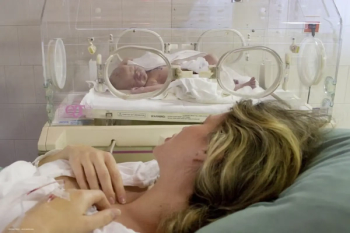
Contact lens sensor provides 24-hour IOP monitoring
A contact lens sensor is able to provide continuous 24-hour IOP monitoring for the management of glaucoma.
A contact lens sensor is able to provide continuous 24-hour IOP monitoring for the management of glaucoma.
Dr Kaweh Mansouri et al., Hamilton Glaucoma Center, Department of Ophthalmology, University of California San Diego, La Jolla, USA, studied 44 patients with suspected glaucoma or with established glaucoma.,/p>
Patients underwent two 24-hour IOP monitoring sessions, called S1 and S2, at a one-week interval. Pearson correlations were used to assess reproducibility of signal patterns and incidence of adverse events and tolerability were recorded.
The main adverse events were blurred vision in 82% of patients, conjunctival hyperemia in 80% and superficial punctate keratitis in 15%. Mean visual analog score was 27.2 mm in S1 and 23.8 mm S2. The overall correlation between the 2 sessions was 0.59.
The repeated use of the contact lens sensor proved to have good tolerability and safety. The reproducibility was fair to good, meaning that the contact lens sensor can be used for the management process of glaucoma.
The abstract can be found in the
Newsletter
Get the essential updates shaping the future of pharma manufacturing and compliance—subscribe today to Pharmaceutical Technology and never miss a breakthrough.













































